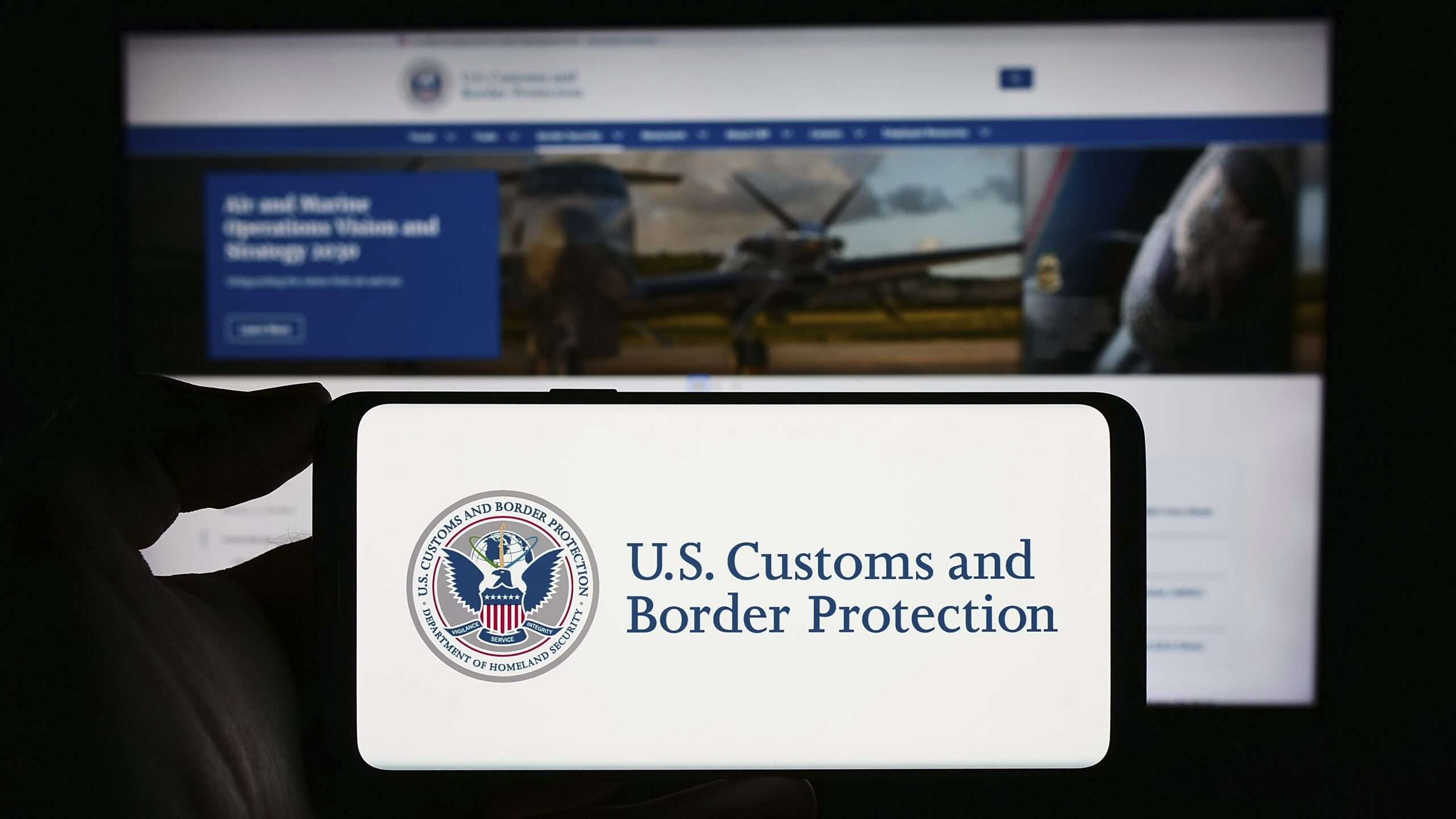The Fourth Amendment remains applicable at the border, despite the federal government’s claims that it does not.
Courts have traditionally granted the government the authority to conduct routine, warrantless searches for contraband at the border. Customs and Border Protection (CBP) has exploited this loophole in the Fourth Amendment’s protection against unreasonable searches and seizures to compel travelers to provide data from their phones and laptops.
However, Judge Nina Morrison in the Eastern District of New York recently ruled that cellphone searches should be considered a “nonroutine” search, more comparable to a strip search than scanning a suitcase or passing a traveler through a metal detector.
The judge stated, “Although the government’s interests in preventing contraband are served when conducting searches of a person’s belongings physically moved across borders, the extent to which those interests are served when searching data stored on a cell phone is less clear.”
Morrison emphasized that “examining the information on a person’s cell phone is the closest government officials come to mind-reading,” making searching through cellphone data even more invasive than searching physical items. Thus, the court ruled that a cellphone search at the border necessitates both probable cause and a warrant. The ruling did not differentiate between scanning a phone’s contents with special software or manually browsing through it.
Furthermore, the judge acknowledged the First Amendment implications of cellphone searches, particularly for journalists. Citing reports by The Intercept and VICE regarding CPB’s searches of journalists’ cellphones based on their coverage of politically sensitive topics, the judge warned that such searches could jeopardize confidential sources.
This ruling is part of a series of cases limiting the government’s authority to search travelers’ electronic devices. The 4th and 9th Circuits have ruled that border police must have at least “reasonable suspicion” of a crime to search cellphones. Last year, a judge in the Southern District of New York also ruled that the government cannot copy and search an American citizen’s cell phone at the border without a warrant unless under exigent circumstances.
In the recent ruling, the defendant’s rights were upheld despite his questionable actions. U.S. citizen Kurbonali Sultanov was flagged for downloading illicit content, leading to his phone search upon returning from Uzbekistan. The evidence from the phone search was suppressed, but Sultanov’s voluntary admission was admissible. The court’s decision would not have prevented law enforcement from obtaining a warrant to search Sultanov’s spare phone.
Similarly, a previous case in the Southern District of New York involved a suspect from the Bloods gang whose phone search was challenged in court. Despite the evidence being suppressed, the suspect was still convicted. In both instances, law enforcement could have obtained warrants for the suspects’ phones but exploited the border search exception.
CBP Officer Marves Pichardo admitted that these searches are often warrantless fishing expeditions. Pichardo stated that CBP searches phones of U.S. citizens returning from politically sensitive countries for intelligence purposes, with passengers being compliant.
As the government’s powers were being challenged, civil liberties groups intervened in the Sultanov case. The Knight First Amendment Institute at Columbia University and the Reporters Committee for Freedom of the Press filed an amicus brief arguing against warrantless phone searches, citing the threat to privacy and First Amendment freedoms. Morrison heavily relied on this brief in her ruling.
Grayson Clary, staff attorney at the Reporters Committee for Freedom of the Press, praised the court’s decision, stating, “Letting border agents freely access journalists’ work and communications would pose a severe threat to press freedom.” The ruling provides guidance for other courts facing similar issues and emphasizes the need for warrants before searching a reporter’s electronic devices.






